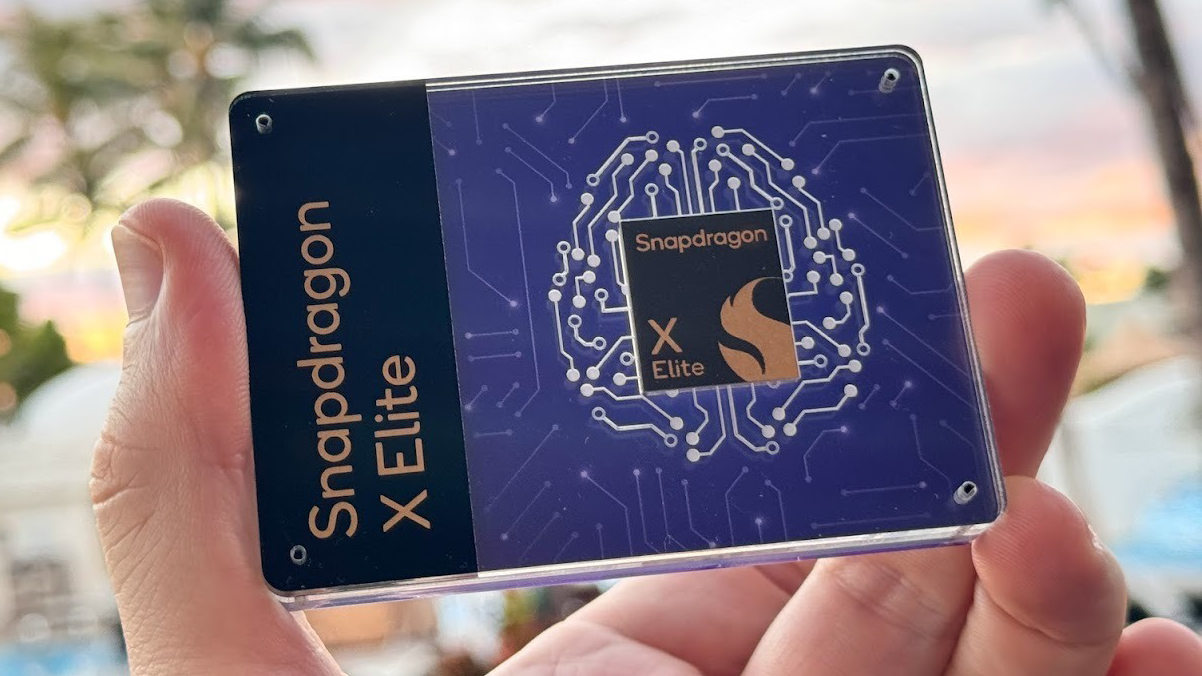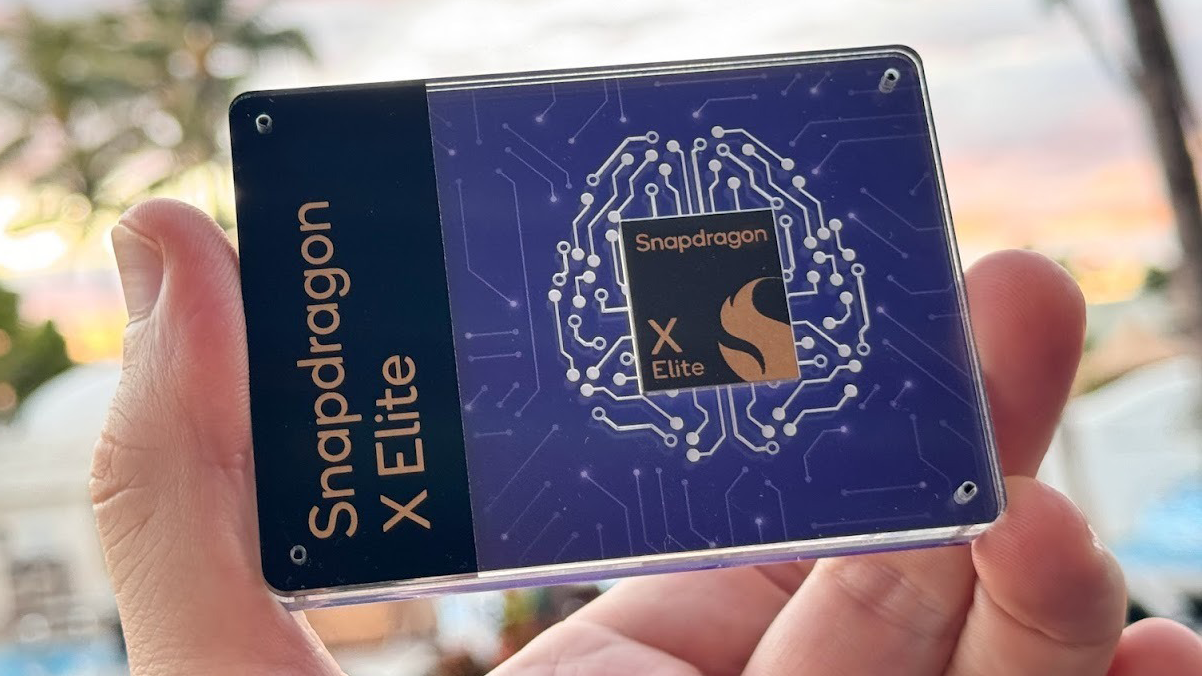Qualcomm’s Snapdragon X Elite is expected to debut in mid-2024, only a few short months from now, and its performance capabilities have everyone very excited. Our team recently tested the Snapdragon X Elite’s performance with gaming and using content creation software, and let’s just say, it lives up to the hype.
But with powerful, efficient performance, there’s bound to be a lofty price tag attached to Snapdragon X Elite laptops. Luckily, German website WinFuture brings news of a few Snapdragon X Plus chips, which will likely be more affordable alternatives to X Elite chips.
According to WinFuture, Qualcomm has been testing at least two versions of its Snapdragon X Plus chip for months, internally labeled with X1P44100 and X1P46100 identification numbers. Right now, there’s no info on clock speeds, core numbers, and power dissipation for X Plus chips, but here’s what we do know.
X Plus ARM-based chips are almost more exciting than X Elite chips
The number of cores for Snapdragon X Plus chips is officially unknown, but WinFuture says (translated from German) that these new X Plus chips “will probably be equipped with only ten instead of 12 computing cores.” Qualcomm was working on an eight-core variant of its ARM chips, but it’s likely been discontinued in favor of these rumored ten-core variants instead.

According to WinFuture, Qualcomm tests its Snapdragon X Plus chips with 16GB of LPDDR5X RAM and 256GB of flash storage with a UFS 4.0 connection. And all X Plus chips feature an on-board Snapdragon X65 5G modem for mobile internet.
The new chips in Qualcomm’s Snapdragon X series are CPUs called “Oryon” that are based on “Phoenix” computing cores developed by Nuvia, a startup founded by former Apple chip designers and acquired by Qualcomm. So even though the X Plus chips might be less powerful, more affordable alternatives to X Elite chips, they’re still using custom cores that make these ARM-based chips more powerful than any existing chip for Windows laptops.
It’s not clear yet when Qualcomm might announce these X Plus variants, but they would likely launch a few months (at least) after the X Elite chips debut in mid-2024, giving laptops featuring X Elite chips enough time to shine before launching their cheaper siblings.
If Qualcomm’s Snapdragon X Elite chips are thought to be the more expensive, powerful chips to run Windows laptops on par with Apple’s M3 MacBook Pros, could Snapdragon X Plus chips offer Windows alternatives to Apple’s M3 MacBook Airs? Of course, we won’t know until we get our hands on them to test side by side, but it’s an interesting question to ponder.







